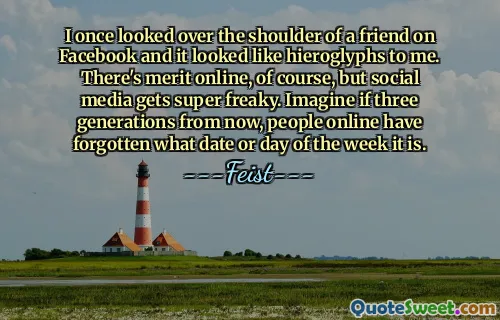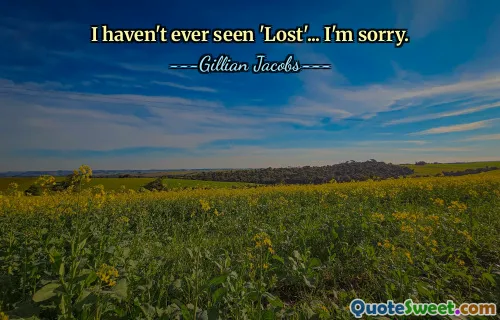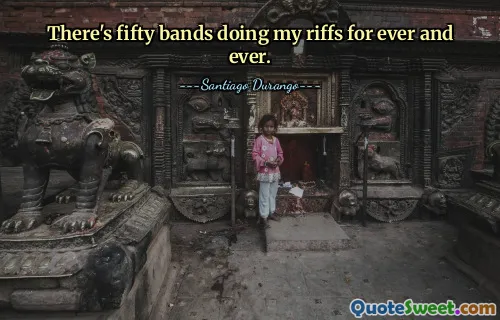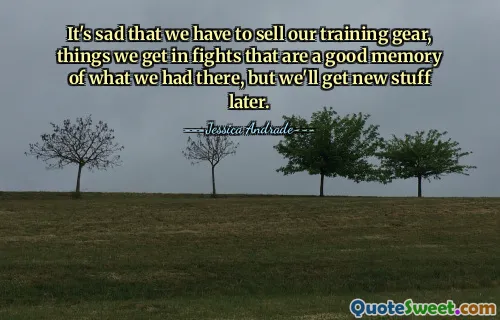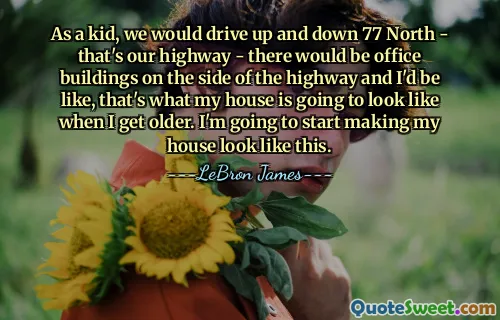
Can these signs and symbols still speak? Images, memories, stories, and objects all carry the past into the present. As we think about these messages from the past, we might wonder, too, about what kind of signs we are leaving for the future. How will our children's children know of us? What markers of our passing do we leave upon the land? Some of these signs, because of the material they're made from, or the care taken in making them, may last longer than others and have different stories to tell.
This quote prompts a profound reflection on the enduring power of symbols, artifacts, and cultural markers as vessels of history and identity. It suggests that the tangible and intangible signs we create — from images and stories to physical objects — serve as a bridge connecting us to future generations. We often underestimate the significance of these markers, yet they carry the stories of our lives, values, and societies across time. The question of what we leave behind resonates deeply; it challenges us to consider how our actions, creations, and memories will be perceived and interpreted long after we're gone. Material durability influences the stories these signs can tell, highlighting that some artifacts withstand the ravages of time, preserving narratives that might otherwise be lost. This idea underscores the importance of mindful creation and preservation, whether through culturally meaningful objects or environmental stewardship, as ways to communicate our existence beyond our own lifetime. In contemplating how future generations will understand us, we become aware that our legacy is shaped not only by personal deeds but also by the collective symbols we leave behind. In a broader sense, it inspires an awareness of the long-term impacts of our choices, urging us to create signs that speak truthfully and meaningfully about who we are.
(Coyote Speaks: Wonders of the Native American World) – Ari Berk & Carolyn Dunn

